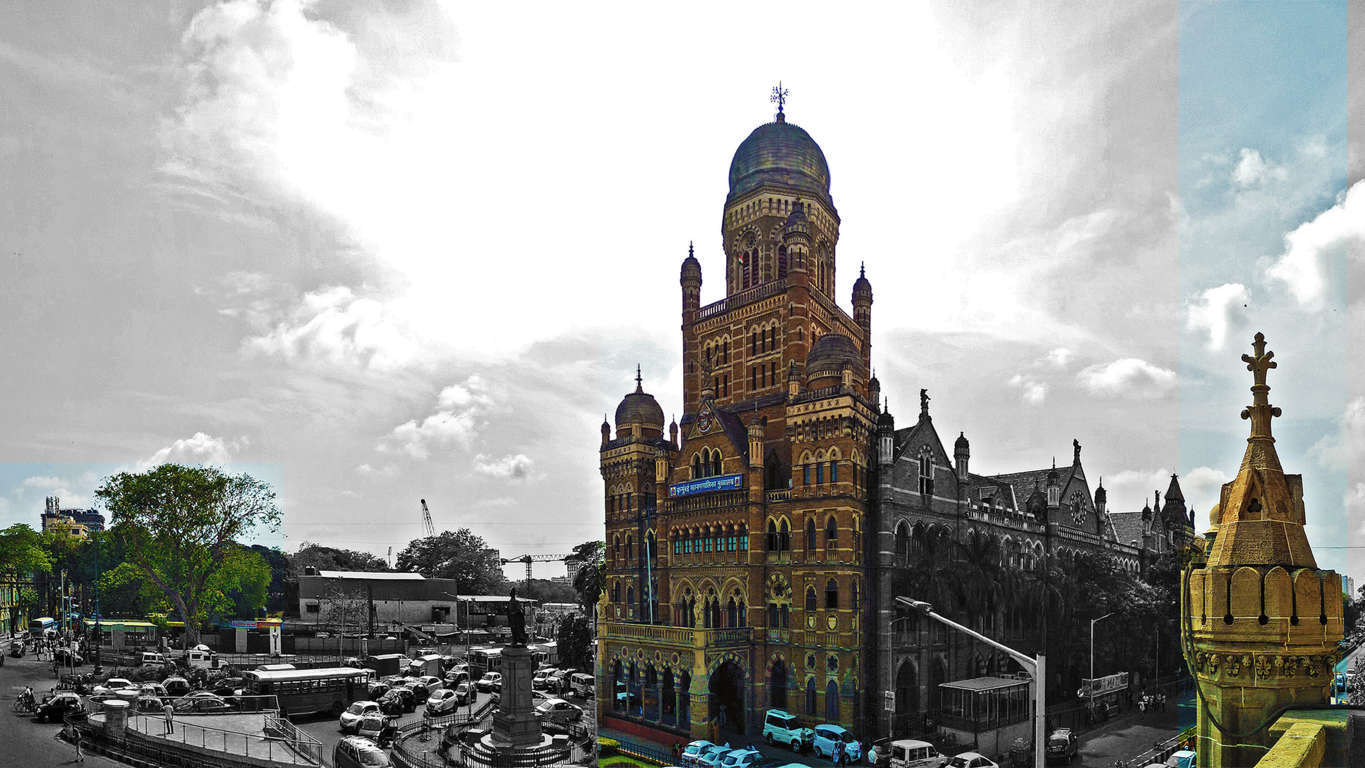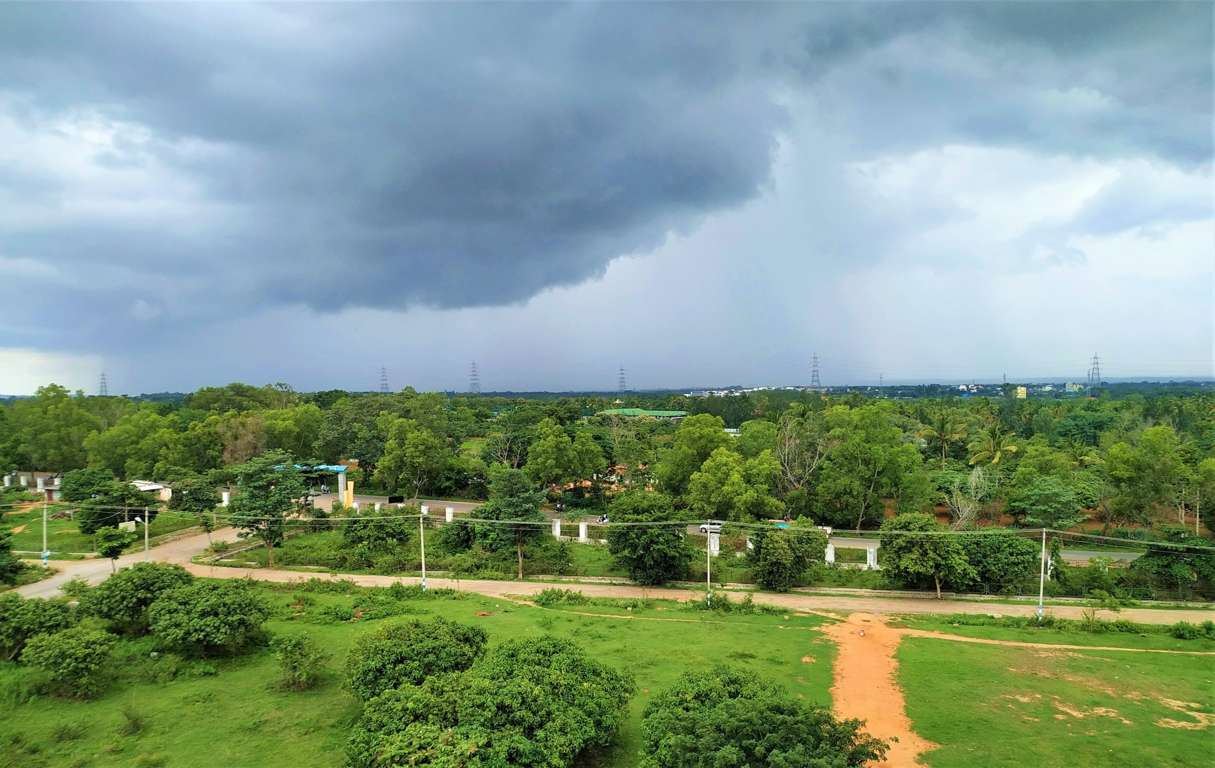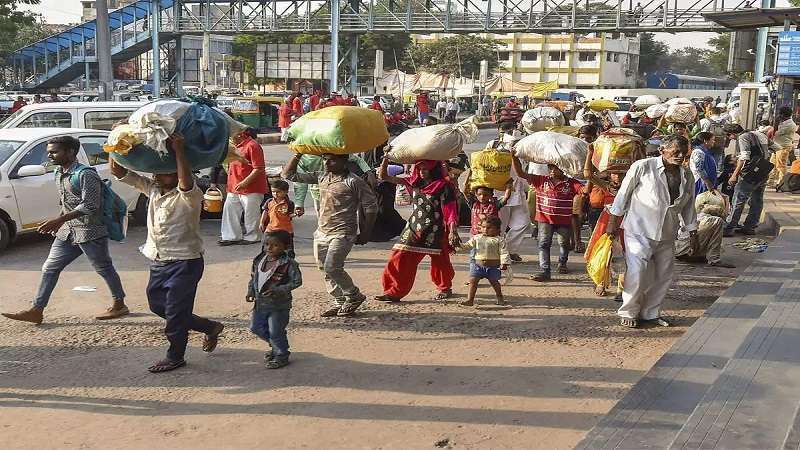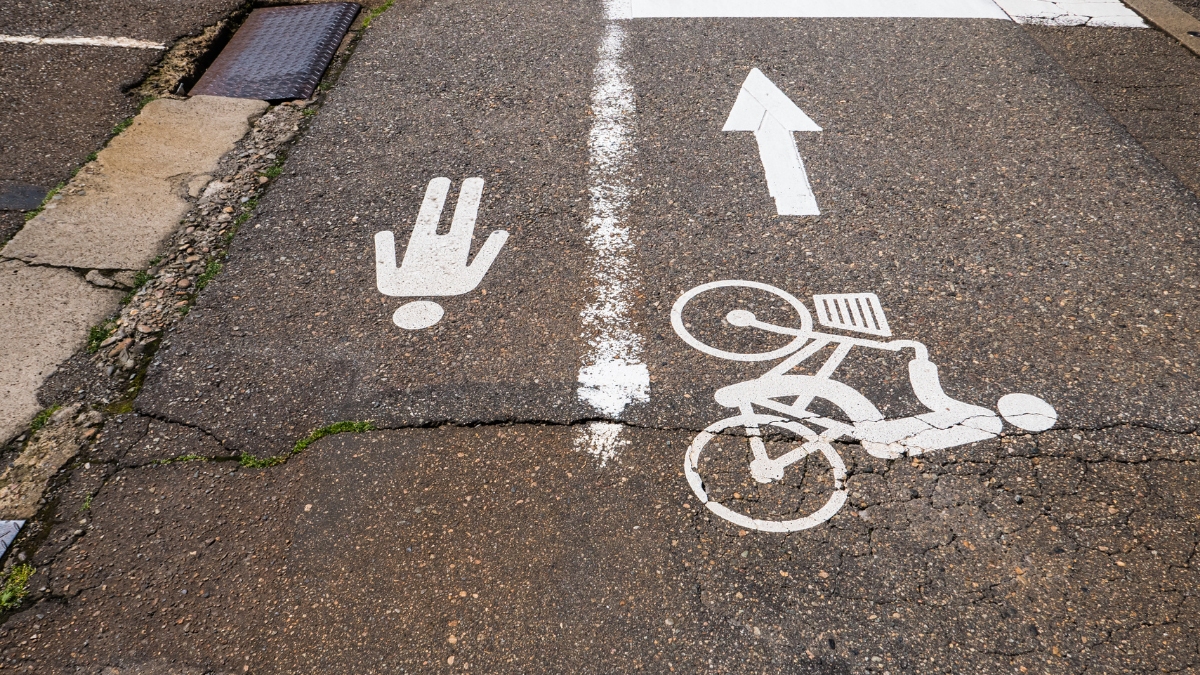Is it possible to think about the right to mobility in Indian cities?
Most people in order to go about their lives,
and ultimately exercise their rights, need to move from one point to another in
the city where they live, whether this is a short or long distance to travel. A
person has to move daily from their home to go to work, buy food, go to school
or college, complete an administrative procedure, go to the bank to withdraw
money, go to a health clinic or hospital, find a public space for recreation, and
even be able to participate in religious rites or visit family or friends. And the
list goes on. Without a doubt, the conditions of mobility will determine
proportionally an individual’s possibilities of accessing these rights. This is
a vision that also applies to Indian cities.
There is a spatial dimension that we must
consider when thinking about the design of comprehensive sustainable urban
mobility policies in India's mega-cities: density, expansion, and distribution.
Mobility will be determined in its planning by the amount of population in a
city and its concentration in a certain territory (density); by the surface
area, geography, morphology, and topography of the cities (expansion); and by
the place or area of the city where the population lives (distribution). Taking
these three elements into account, we maythink that the greater the density,
the lesser the capacity for expansion, and the greater the distribution of the
population within the territory of the city, the more difficult it is to plan
and implement sustainable mobility that has as its premise the accessibility to
said right.
India includes seven major metropolises (with
populations of over 4 million), 28 medium ones (between 1 and 4 million), and 13small
ones (between 0.8 and 1 million). There are 48 cities where the process of
urbanization continues to accelerate, causing a process of expansion that is disproportionate
to the capacity of soil, environmental, and social resilience.
Mobility planning for the sustainable development
in these cities, from the perspective of mobility, has, at least, under the
characteristics mentioned above, four conditioning factors that exponentially
limit their citizens’ access to their rights.
1)
Structural
and accessibility inequalities. The living conditions of
most citizens in India are determined by situations of extreme and severe
poverty that affect their living conditions. In addition to these inequalities
in habitat, and more specifically from the point of view of mobility, there are
three negative externalities: entry into/exit from the neighborhood; distance
from a public transport stop; insecurity when moving from their home to a
possible point of connection.
2) Time-spatial saturation/incongruence.
In general, what we observe in Indian cities are
collapsed, disjointed, and disconnected mobility systems. This has an impact on
travel times, especially considering the distances that people must travel
based on an inequitable spatial distribution in terms of access to basic
services (health and education) and workplaces. Therefore, it is not an
exaggeration to say that the availability and quality of these services, or the
lack thereof, defines the quality of life for this segment of society, as well
as the level of social inclusion existing in the social fabric of a city.
Although the variation in mobility in Indian cities is presumed to be due to
delays caused by traffic congestion, it is mainly due to incongruent mobility.
3) Planning is another
weakness: the poor quality of infrastructure, information
systems, and passenger and pedestrian services in many Indian cities makes it
difficult to mobilize captive users and makes it unattractive to potential
users. Irregular intervals, lack of comfort, and passenger safety have led to a
rapid deterioration of services in cities.
4) Institutional-jurisdictional.
As far as the institutional level is concerned, the biggest drawback is the
regulatory framework, since there are laws, regulations and policies at the
national, provincial, and metropolitan levels that are not consistent with each
other. Thus, infrastructure planning and implementation is the responsibility
of multiple agencies that do not necessarily function in a coordinated manner.
The fact that there are different decision makers makes it necessary to have a
metropolitan coordination and articulation agency that provides a tool for
metropolitan governance.
How are cities in India moving
forward to reduce these gaps?
There is a
favorable context in India due to the intention of the national government to
make a significant investment in urban public transport. This investment in
urban infrastructure will enable the leverage and scalability of a cost
effective mass transit system.
On the other hand, there are cities in India that have
made substantial progress in recent years and have an interesting prospect of
replication. I would like to mention some of them by way of illustration with
three examples.
Kochi. The
Kochi Metro Rail Limited (KMRL) is responsible for providing a mass public
transportation system in the city, including the newly opened Kochi Metro.
Together with the state government, Kochi began the trial run of the e-buses in
the metropolitan area. KMRL also initiated projects to achieve last-mile
connectivity with e-rickshaws, and to enhance safe access by focusing on active
mobility projects. To create a unified and integrated transport network, an
Urban Metropolitan Transport Authority (UMTA) has been approved.
Bangalore. The
Bangalore Intra-city grid (BIG) bus network reorganizes city bus routes to
increase efficiency, enhance service, and make sustainable transport a better
option for city residents. Bangalore Metropolitan Transport Corporation (BMTC),
EMBARQ India helped conceptualize, plan, and implement the Bangalore Intracity
Grid (BIG) Bus Network, a system of high-frequency, integrated services that
are providing significant improvements in quality and capacity.
Chennai. The city has taken drastic
measures to improve the situation and the Non-Motorised Transport Policy validates
its efforts. The policy, a first of its kind in India, mandates a minimum
of 60% of transport funding to create and maintain walking and
cycling infrastructure in the city. So far, Chennai has retrofitted over 75 km
of walkable streets and is redesigning an additional 60 km. Additionally, to
support cycling, Chennai is planning a Public Bicycle Sharing (PBS) system with
5,000 cycles.
What could be done to deepen the change?
There
are at least three lines of action that the Indian metropolises and cities can
intensify in coordination with the national government, the regional governments,
and the international cooperation agencies with which they have already been
working on these transformations for at least 5 years.
Metropolitan
planning and governance of mobility is key. Strategic and comprehensive 15-20
year plans will make the continuous infrastructure that an urban transport
system involves more efficient, more interconnected, more accessible, and less
costly for users in terms of time and economy. The overlap of jurisdictions and
decision makers forces us to think about a metropolitan institutionalization
(e.g. an agency) for the governance of mobility and transport systems. This
will be vital because cities in India will continue to grow demographically and
develop economically, making them more and more complex, and decision makers
have to make management and people's lives simpler.
The
diversity, complexity, and size of the cities in India are determining factors
that when thinking about urban, inter-urban, and metropolitan mobility systems
require two characteristics: adaptability and accessibility. The adaptability
to fit a mobility circuit that contemplates the geographic, spatial,
population, social behavior, and socio-economic conditions.And accessibility to
achieve the maximum goal of allowing each of the inhabitants of cities and
metropolises in India to have the possibility of using public transport or
micro-mobility as a means to move around and develop their life project.This is
a combined system of micro-macro mobility to ensure all citizens the right to
mobility.
In the
next five to ten years, more focus should be placed on investment in two
sectors of mobility. Indian cities have two characteristics: first, there is a
culture of using two-wheeled means of transport (motorcycles and bicycles); and
secondly, almost 75% of public transport trips are made by bus. The governments
that manage the mobility and transport system should focus on these two
existing realities. There should be a commitment in public investment to
increase bicycle use (with its consequent benefits to health, the environment,
and the flow of people), which involves deploying a two-way bicycle path system,
city connectivity paths -point to point -, and networks or commuter paths for
areas where the use of motor vehicles is to be minimized. And at the same time,
there should be a public-private alliance to strengthen the bus transportation
system with the development of infrastructure that prioritizes the circulation
of buses in cities; more and better buses (more to increase capacity, electric
to decrease environmental impacts); intelligent routes (and with greater
frequency and coverage of time slots) that cover the different points of
connection in the cities; and an information system that is accessible to
citizens for the use of the transportation system.
Returning to the question in the title, the answer is YES. The conditions are in place for Indian metropolises to progressively guarantee a sustainable mobility system for all their citizens over the next 10 years. The capacity for economic, productive, and personal development of most Indian cities will depend significantly on this. Combining governance and human rights is the key.
By Alejandro Collia: Executive Director of Global & Local. Former Executive Secretary at the Federal Human Rights Council of Argentina. Urban conflict resolution, collaborative process and human rights expert. Trainer on urban and mobility planning, citizens and community participation processes, circular economy and cities, tactical urbanism.
Related Articles

Reforming Urban Planning in 21st Century Indian Cities

Social Aspects of Town Planning in the wake of COVID-19

JOURNALISM IN PLANNING

PLANNING INTERVENTIONS FOR MIGRANT LABOURERS


